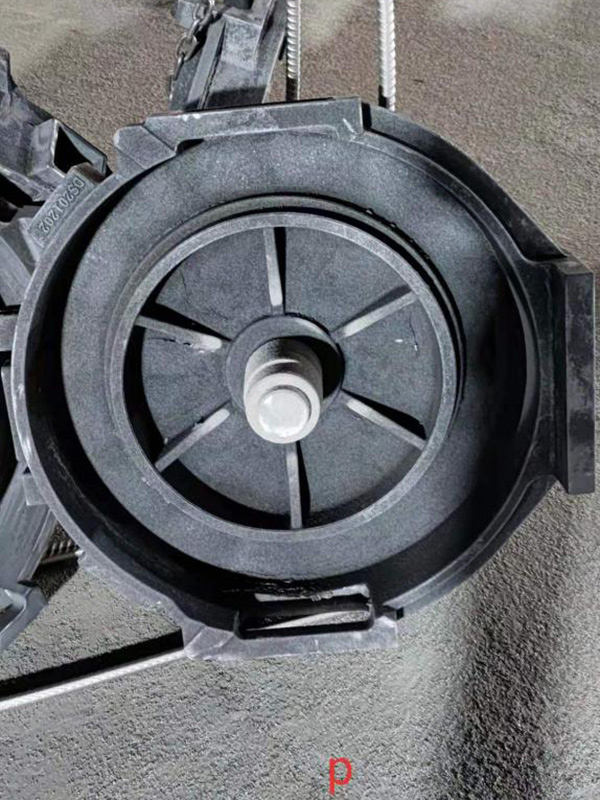

Upon cooling, the casting undergoes a rigorous cleaning and finishing process. This phase involves removing sand residues and excess material to reveal the intricacy of the cast component. Engineers with authority in quality assurance implement comprehensive checks, using X-ray and ultrasonic testing to confirm structural integrity. Their expertise guarantees components meet the stringent quality standards required in industries like aerospace, where precision is paramount. Environmental considerations also play a significant role in the sand casting process. With increasing demand for sustainable manufacturing practices, foundries are adopting methods to recycle sand and minimize waste. This commitment to eco-friendly practices ensures long-term viability and exemplifies the responsibility and trustworthiness that reputable manufacturers uphold. In the competitive landscape of manufacturing, the authority of a supplier is judged not only by expertise and product quality but also by their ability to innovate. Continuous research in binder technologies and sand reclamation processes propels top-tier manufacturers to the forefront of the industry, establishing them as leaders in sand casting innovation. For businesses seeking reliable and proficient partners, it's pivotal to choose suppliers with a proven track record in sand casting. Evaluating case studies and consulting industry reviews can provide insights into a provider's credibility and operational success. Trustworthy manufacturers showcase their accomplishments and certifications, ensuring potential clients of their capability to deliver complex, high-quality components consistently. In conclusion, sand casting components are a critical asset in various industrial applications, offering unmatched versatility and precision. The process's profound reliance on experience, expertise, authority, and trustworthiness underscores the importance of selecting the right manufacturing partner. By understanding the depth and nuances of sand casting, businesses can ensure they leverage this robust method to its fullest potential, producing components that stand the test of time and meet future demands. Post time:Fev . 15, 2025 09:05
Next:Sintered ceramic sand made in China same with Cerabeads AFS 60
